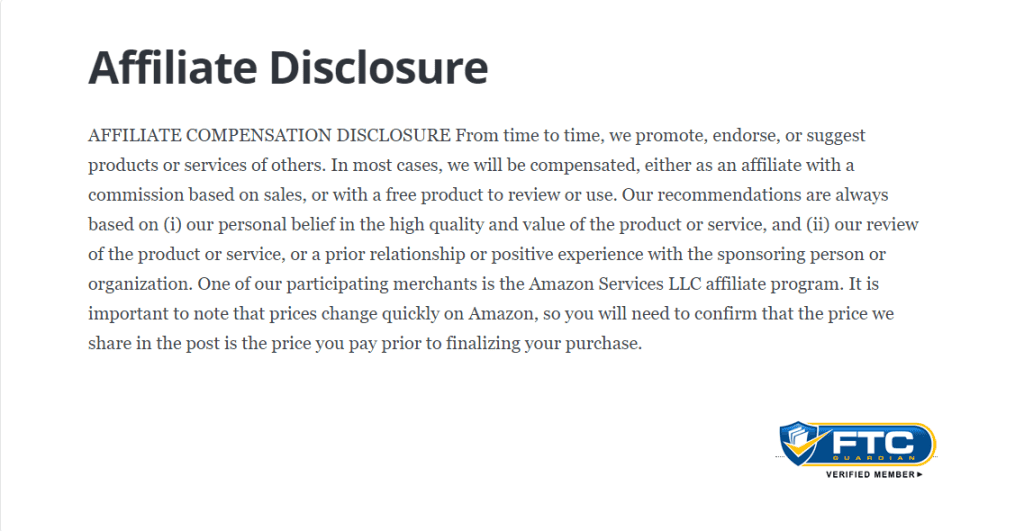Starting Your Own Blog Can Be Intimidating – Especially If You
Starting your own blog can be intimidating – especially if you don’t know what everything means. Those of us who have been fortunate enough to see blogs evolve over the years, have had it a bit easier than newcomers.
On the other hand, newcomers to the blogging scene have a lot more tools to work with, and are able to structure things much better, than we were able to for many years.
So – what do you need to know?
1. What is wordpress?
WordPress is the most popular platform for creating a website or blog – worldwide. It is created as a collaboration of coders from all over the world. It is constantly being updated and improved to meet user needs and to improve security (hackers are also contantly improving…).
2. What is all this about wordpress.com and wordpress.org?
The former is a website on which you can create your own blog, but it is severely limited. It is built on the WordPress platform, but you are limited to the few plugins they offer, and (besides having a selection of themes) you cannot customize it beyond the basics. Lastly, you are not allowed to advertise anything on your wordpress.com blog or website. That in itself pretty much renders it useless for us internet marketers.
You can’t even use it to build a mailing list – because the script needed for the optin form doesn’t work on wordpress.com.
WordPress.org is the hub of the actual WordPress platform. From there, you can download WordPress, you can download thousands of plugins and themes (mpre about that just now), and – importantly – there is a forum where you can find help if something on your blog isn’t working as it should. Considering the fact that all of the plugins, themes and WordPress itself is a mixed-up collaboration of people from all over, things do go wrong from time to time (usually due to a clash of some sort between plugins, or something going wrong during an update). But you can also get help or advice to be able to do something specific.
Note: Most hosting companies facilitate a “quick install” for WordPress – You just add your blog’s name, your email address, and a username/password combination, and hit the “install” button.
3. What are plugins and themes?
Plugins are individual tools which offer specific functionalities. For instance – you use a plugin for a contact form, you use a plugin for your social sharing buttons, you use a plugin to do things to make Google see your blog, etc. There are literally thousands of free plugins in the WordPress.org database.
Note: Many plugins also have a premium version, going at different prices. You will also find that some of the plugins, though free, are connected to specific services which are actually paid services (but most of these also offer free trials).
Themes are what makes up the appearence and basic functionality of your blog. We refer to them as themes, and not templates (as we used to call them in older websites), because a WordPress theme is made up of a bundle of templates. There is a template for the header, another for the footer, another for the archive pages, one for the individual pages, then a couple more, and lastly there is the CSS file (cascading style sheets), which determines the actual appearance in detail.
There are also more and more themes that allow you to enable or disable more advanced features, and many of them also allow you some control over the colors, header image, and layout.
4. Why do I need a domain and hosting?
If you compare your blog to a brick and mortar store…
Your domain (www.yourdomain.com) is pretty much like your registered business name. Think of it as akin to a username, but it is linked to a specific location on the internet. Your domain is yours alone, and it connects to your actual website or blog through what is called DNS – Domain Name Servers. Domain names are renewed anually.
Hosting is the actual space where your blog is stored. In reality, it is a portion of a hard drive on a computer called a “server”, which is connected to the internet 24/7. Hosting is paid monthly, and the fecilities you get, as well as the speed with which it connects, will determine the cost.
If you don’t register your own domain and hosting, you can – theoretically – get a free blog on a subdomain on (for instance) blogger.com. However, besides the fact that you have little control over the available tools, and it lacks flexible facilities, it also appears unprofessional to your visitors.
After all, if you want to buy something from a company who presents themselves as being professional and knowledgable, would you feel ok if their shop was a table parked on the sidewalk?
5. What is a URL?
A URL (uniform resource locator) is the address that points to a specific page on a specific website. For instance, when you type in www.amazon.com/about it will take you to the about page of Amazon.com – but it will in effect cause the system to go find the files that make up that page, on the computer they are stored on, and present them to you are specifies by the CSS and template files.
6. What is a CMS?
A CMS is what we call a content management system. It means you set up a framework for the appearance, layout, and even the sidebars for your whole blog or website, and whenever you add a new page or post, it is simply presented within that framework. For instance – on this blog you will see that, besides the actual blog posts, the surrounding elements of every page is virtually the same.
It has a number of benefits – but that’s a whole different conversation. For now, all you need to note is that it allows you to make sitewide changes to your website in minutes, even if your site or blog has hundreds of pages.
In conclusion:
Don’t be intimidated by all of the strange terms. Most of it is pretty straightforward and (almost) self-explanetory. In a future post we can look at the meaning of the jorgon on the inside of your WordPress admin area.



